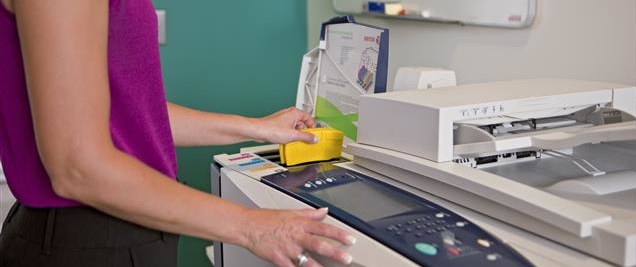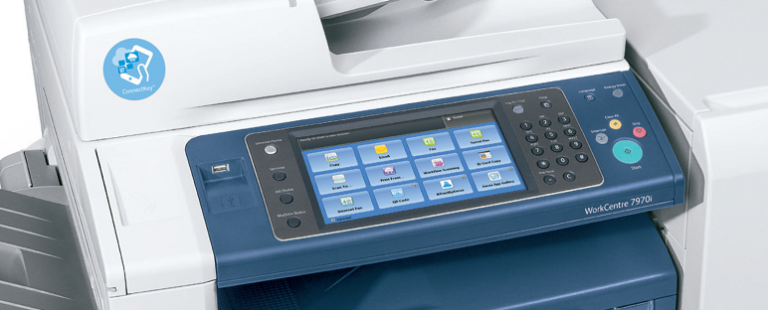Xerox Indirect Channels Business Group
 When choosing a printer, there is a lot of information to consider. Speed, size, features like two-sided printing, price, single or multifunction, supplies considerations, the list is long and it’s hard to prioritize what is important versus what is not.
When choosing a printer, there is a lot of information to consider. Speed, size, features like two-sided printing, price, single or multifunction, supplies considerations, the list is long and it’s hard to prioritize what is important versus what is not.
Many small businesses are thinking about the big picture when it comes to cost – the cost of the printer is one part, the cost of the supplies is another – but how do you get a clear picture of the total cost? And how can you effectively compare products?
To help, I’ll describe a simple way of computing the total cost of ownership (TCO) of a printer. Doing this analysis for multiple printers will help you compare and find which offers the lowest TCO. You may well find reasons to select a printer that costs a little more, but you’ll be armed with good information and able to make that trade-off for your small business in an informed way.
First, you have to know yourself and your office, as your printing behaviors are key to an effective total cost of ownership analysis. You need a clear answer for three things:
1) How many pages do you print per month?
2) What portion of those pages are color?
3) How long do you plan to own the printer you will purchase?
Second, you need to collect some information for all of the printers you are considering.
1) Price of the printer
2) Number of pages the printer has in box (also called the starter cartridges)
3) Price and yield of toner cartridges, along with any other supplies you might need to replace
4) Extended warranty costs (only if you plan to purchase one)
At this point, you can build out an Excel worksheet with the formulas to compare and graph the TCO of each product you are considering. I’ll describe here a more simple way of comparing that doesn’t require 300-level Excel skills.
 The price of the printer and extended warranty are one-time costs. Set those aside for a moment. Take the number of pages you print each month, and multiply it by the time you want to own the printer to get your total page count over the life of the printer. Since black is used to print color pages, make sure to include the black page count too. Here’s an example:
The price of the printer and extended warranty are one-time costs. Set those aside for a moment. Take the number of pages you print each month, and multiply it by the time you want to own the printer to get your total page count over the life of the printer. Since black is used to print color pages, make sure to include the black page count too. Here’s an example:
- 750 pages per month x 48 months = 36,000 total/black pages
- 50% pages in color = 18,000 color pages
Now, you need to figure out how many cartridges that will mean over the four years. Let’s say the printer uses 5,000 page black toner cartridges and 3,000 page color toner cartridges. There is an imaging unit and a fuser, but those each last 50,000 pages – since they will last longer than our estimated life of 36,000 pages, you won’t need to include them in your analysis. Also, the printer has starter cartridges that are 2,000 pages for each toner – you’ll subtract those pages from the total because those pages come with the printer.
- (36,000 pages – 2,000 starter pages) / 5,000 = 6.8
- (18,000 pages – 2,000 starter pages) / 3,000 = 5.3
You need to round those numbers up, since you pay for cartridges up front and then use the pages until they’re empty. You have seven black toner cartridges, and six of each of the three color toner cartridges, or 18 total.
The hard work is done! To get your total the formula is:
Printer Price + Extended Warranty Price + (7 x black toner price) + (18 x color toner price) = TCO
Do this for each of the products you are evaluating, and you’ll have a clear estimation of what you’ll spend over time to own and operate the printers in your small business.
In my next article on this topic, I’ll talk about some concepts and ideas to keep in mind when comparing and analyzing the TCO of different printers. In the meantime, let me know if you have questions about calculating the total cost of ownership for your printer.



[…] a previous post, I outlined a simple way to compute the total cost of ownership (TCO) of a printer – from […]